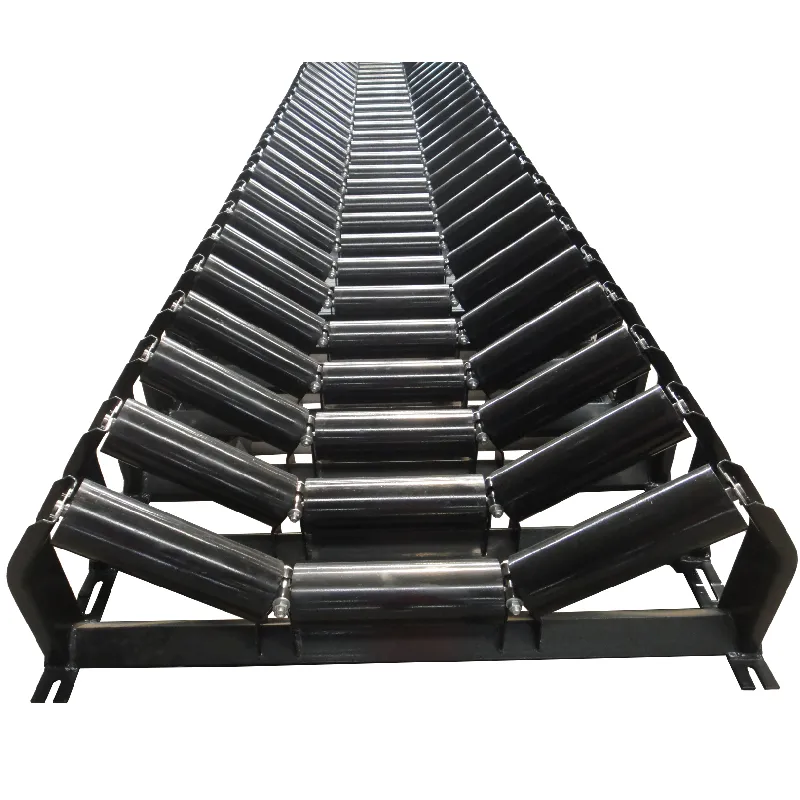 Afrikaans
Afrikaans  Albanian
Albanian  Amharic
Amharic  Arabic
Arabic  Armenian
Armenian  Azerbaijani
Azerbaijani  Basque
Basque  Belarusian
Belarusian  Bengali
Bengali  Bosnian
Bosnian  Bulgarian
Bulgarian  Catalan
Catalan  Cebuano
Cebuano  Corsican
Corsican  Croatian
Croatian  Czech
Czech  Danish
Danish  Dutch
Dutch  English
English  Esperanto
Esperanto  Estonian
Estonian  Finnish
Finnish  French
French  Frisian
Frisian  Galician
Galician  Georgian
Georgian  German
German  Greek
Greek  Gujarati
Gujarati  Haitian Creole
Haitian Creole  hausa
hausa  hawaiian
hawaiian  Hebrew
Hebrew  Hindi
Hindi  Miao
Miao  Hungarian
Hungarian  Icelandic
Icelandic  igbo
igbo  Indonesian
Indonesian  irish
irish  Italian
Italian  Japanese
Japanese  Javanese
Javanese  Kannada
Kannada  kazakh
kazakh  Khmer
Khmer  Rwandese
Rwandese  Korean
Korean  Kurdish
Kurdish  Kyrgyz
Kyrgyz  Lao
Lao  Latin
Latin  Latvian
Latvian  Lithuanian
Lithuanian  Luxembourgish
Luxembourgish  Macedonian
Macedonian  Malgashi
Malgashi  Malay
Malay  Malayalam
Malayalam  Maltese
Maltese  Maori
Maori  Marathi
Marathi  Mongolian
Mongolian  Myanmar
Myanmar  Nepali
Nepali  Norwegian
Norwegian  Norwegian
Norwegian  Occitan
Occitan  Pashto
Pashto  Persian
Persian  Polish
Polish  Portuguese
Portuguese  Punjabi
Punjabi  Romanian
Romanian  Russian
Russian  Samoan
Samoan  Scottish Gaelic
Scottish Gaelic  Serbian
Serbian  Sesotho
Sesotho  Shona
Shona  Sindhi
Sindhi  Sinhala
Sinhala  Slovak
Slovak  Slovenian
Slovenian  Somali
Somali  Spanish
Spanish  Sundanese
Sundanese  Swahili
Swahili  Swedish
Swedish  Tagalog
Tagalog  Tajik
Tajik  Tamil
Tamil  Tatar
Tatar  Telugu
Telugu  Thai
Thai  Turkish
Turkish  Turkmen
Turkmen  Ukrainian
Ukrainian  Urdu
Urdu  Uighur
Uighur  Uzbek
Uzbek  Vietnamese
Vietnamese  Welsh
Welsh  Bantu
Bantu  Yiddish
Yiddish  Yoruba
Yoruba  Zulu
Zulu Jan . 12, 2025 09:24
Back to list
Spring Impact Idler
In the rapidly evolving world of material handling, belt conveyor idlers play an indispensable role in ensuring efficiency and reliability. As an expert in conveyor systems, it is crucial to emphasize the importance of understanding the functionalities, benefits, and innovations surrounding belt conveyor idlers, thus establishing a foundation of trustworthiness and authority in the industry.
Trustworthiness is profoundly built when one shares insights from real-world applications and successful implementations. For instance, a mining company that adopted self-aligning training idlers reported a significant reduction in belt misalignment incidents, resulting in reduced maintenance costs and increased operational uptime. Such case studies are not only validating but also empowering for professionals seeking reliable solutions backed by proven outcomes. As sustainability becomes an increasingly pressing concern, it is also crucial to highlight eco-friendly practices in idler production and implementation. Selecting idlers made from recyclable materials or those designed for energy efficiency can contribute significantly to a company’s sustainability goals. Sharing such knowledge reflects an authoritative and trustworthy stance, aligning with global environmental priorities. In summary, the strategic selection and implementation of belt conveyor idlers can dramatically transform the efficiency and reliability of material handling operations. Combining hands-on experience, detailed expertise, authoritative insights, and a commitment to sustainability, experts in the field can guide industries towards optimized and future-ready conveyor solutions. This holistic approach not only ensures operational excellence but also builds a sustainable and trustworthy industry reputation.


Trustworthiness is profoundly built when one shares insights from real-world applications and successful implementations. For instance, a mining company that adopted self-aligning training idlers reported a significant reduction in belt misalignment incidents, resulting in reduced maintenance costs and increased operational uptime. Such case studies are not only validating but also empowering for professionals seeking reliable solutions backed by proven outcomes. As sustainability becomes an increasingly pressing concern, it is also crucial to highlight eco-friendly practices in idler production and implementation. Selecting idlers made from recyclable materials or those designed for energy efficiency can contribute significantly to a company’s sustainability goals. Sharing such knowledge reflects an authoritative and trustworthy stance, aligning with global environmental priorities. In summary, the strategic selection and implementation of belt conveyor idlers can dramatically transform the efficiency and reliability of material handling operations. Combining hands-on experience, detailed expertise, authoritative insights, and a commitment to sustainability, experts in the field can guide industries towards optimized and future-ready conveyor solutions. This holistic approach not only ensures operational excellence but also builds a sustainable and trustworthy industry reputation.
Latest news
-
Revolutionizing Conveyor Reliability with Advanced Rubber Lagging PulleysNewsJul.22,2025
-
Powering Precision and Durability with Expert Manufacturers of Conveyor ComponentsNewsJul.22,2025
-
Optimizing Conveyor Systems with Advanced Conveyor AccessoriesNewsJul.22,2025
-
Maximize Conveyor Efficiency with Quality Conveyor Idler PulleysNewsJul.22,2025
-
Future-Proof Your Conveyor System with High-Performance Polyurethane RollerNewsJul.22,2025
-
Driving Efficiency Forward with Quality Idlers and RollersNewsJul.22,2025
OUR PRODUCTS




























